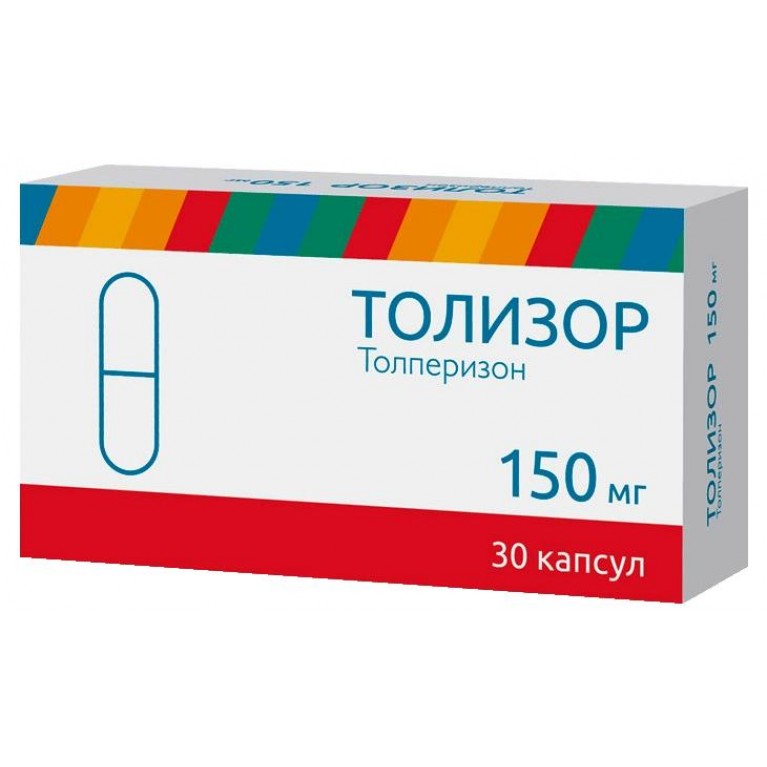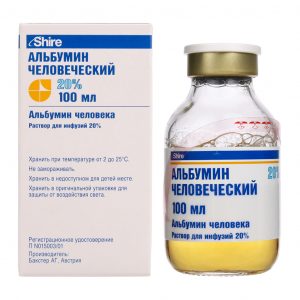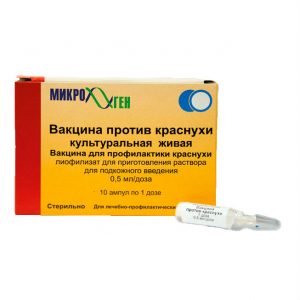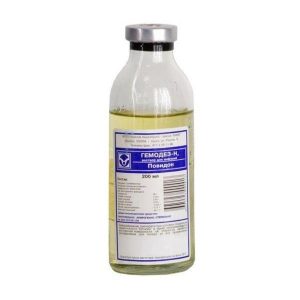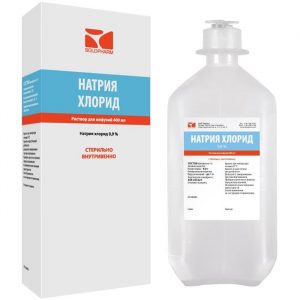Description
Pharmacological action
Tolperisone is a central muscle relaxant. The mechanism of action is not fully understood. Tolperisone has a high affinity for nerve tissue, reaching the highest concentrations in the brain stem, spinal cord and peripheral nervous system.
The main effect of tolperisone is mediated by inhibition of spinal reflex arcs. Probably, this effect, together with the elimination of the facilitation of the excitation along the descending paths, provides the therapeutic effect of tolperisone. The chemical structure of tolperisone is similar to the structure of lidocaine.
Like lidocaine, it has a membrane stabilizing effect and reduces the electrical excitability of motor neurons and primary afferent fibers.
Tolperisone inhibits the activity of voltage-gated sodium channels dose-dependently.
Accordingly, the amplitude and frequency of the action potential decreases. The inhibitory effect on voltage-gated calcium channels has been proven. Supposed which, in addition to its membrane-stabilizing effect, tolperisone can also inhibit the release of a mediator. Tolperisone has some weak properties of a-adrenergic antagonists and antimuscarinic action.
Indications
Symptomatic treatment of spasticity in adults, due to stroke.
Contraindications
Hypersensitivity to any of the components of the drug.
myasthenia gravis.
Children under 18 years old.
Breastfeeding.
Lactose intolerance, lactase deficiency, glucose-galactose malabsorption.
Side effects
The safety profile of the tolperisone drug profile is supported by data from more than 12,000 patients. According to these data, the most frequently described disorders of the skin and subcutaneous tissues, general, neurological and gastrointestinal disorders.
In the post-registration period, the number of received messages about the development of hypersensitivity reactions associated with the use of tolperisone was about 50-60% of all received messages. In most cases, these were mild adverse reactions. Life-threatening allergic reactions have been reported very rarely.
The frequency of adverse reactions is classified according to the recommendations of the World Health Organization, characterized as: very often (> 1/10), often (> 1/100, <1/10), infrequently (> 1/1000, <1/100), rarely (> 1/10000, <1/1000), very rarely (<1/10000), including single cases, the frequency is unknown (cannot be calculated based on available data). From the blood and lymphatic system: very rarely – anemia, lymphadenopathy. On the part of the immune system: rarely – hypersensitivity reactions *, anaphylactic reactions very rarely – anaphylactic shock. From the side of metabolism and nutrition: infrequently anorexia is very rare – polydipsia. From the psyche: infrequently – sleep disturbance, insomnia rarely – weakness, depression very rarely – confusion. From the nervous system: infrequently – headache, dizziness, drowsiness rarely – attention deficit disorder, tremors, cramps, paresthesia, malaise, lethargy. From the side of the organ of vision: rarely – a decrease in visual acuity. On the part of the hearing organ: rarely – tinnitus, vertigo. From the cardiovascular system: infrequently – arterial hypotension is rare – angina pectoris, tachycardia, palpitations, “flushing” of blood to the face is very rare – bradycardia. From the respiratory system: rarely – shortness of breath, nosebleeds, tachypnea. From the gastrointestinal tract: infrequently, discomfort in the abdomen, dyspepsia, diarrhea, dry mouth, nausea rarely – epigastric pain, constipation, flatulence, vomiting. From the liver and biliary tract: rarely – moderate liver failure. On the part of the skin and subcutaneous tissues: rarely allergic dermatitis, hyperhidrosis, skin itching, skin rash, urticaria. From the side of the musculoskeletal system and connective tissue: infrequently – muscle pain, muscle weakness, pain in the extremities rarely – discomfort in the extremities very rarely – osteopenia. From the kidneys and urinary tract: rarely – enuresis, proteinuria. General disorders and reactions at the injection site: infrequently – asthenia, feeling tired, malaise rarely – feeling drunk, a feeling of warmth, irritability, thirst is very rare – discomfort in the chest. Laboratory indicators: rarely – hyperbilirubinemia, impaired liver function, thrombocytopenia, leukocytosis very rarely – hypercreatininemia. * As part of post-registration monitoring, angioedema has been reported, including swelling of the face and lips (frequency unknown). Overdose Data on overdose of tolperisone are scarce. In preclinical studies of acute toxicity, high doses of tolperisone caused ataxia, tonic-clonic seizures, dyspnea, and respiratory paralysis. Tolperisone has no specific antidote. In case of overdose, symptomatic and supportive treatment is recommended. Storage conditions In the dark place at a temperature of no higher than 25 ° C. Keep out of the reach of children. Expiration 3 years. Do not use after the expiration date printed on the package. Terms and conditions prescription Dosage form capsules
